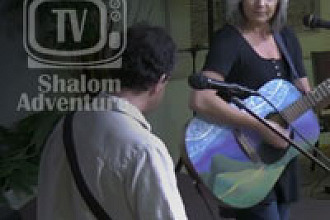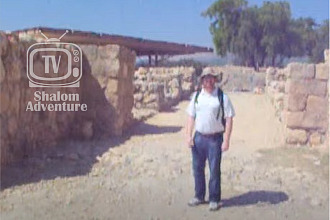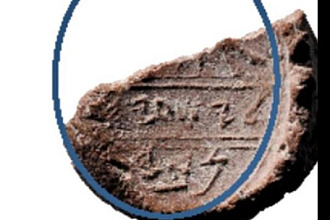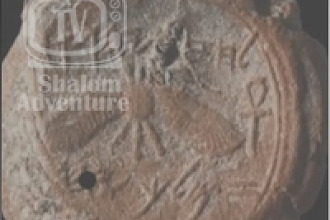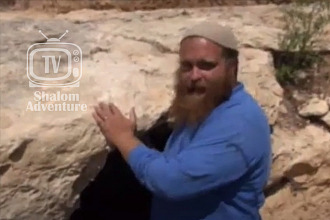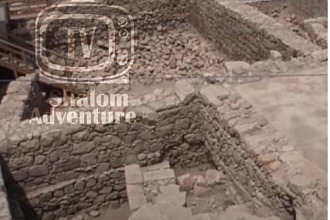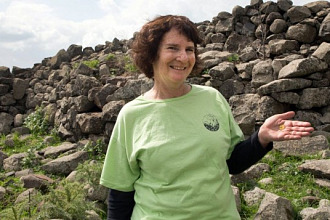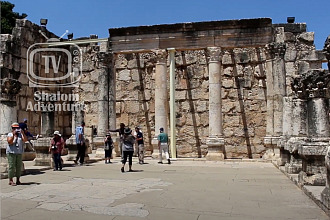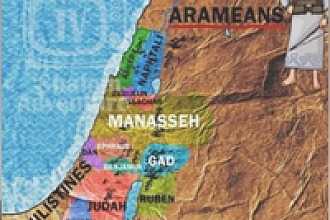Layers of soil covering the foundations of the Western Wall, c. 15 meters north of the southwestern corner of the Temple Mount, were excavated beneath Robinson's Arch in archaeological excavations of the Israel Antiquities Authority in the Jerusalem Archaeological Garden. On top of these layers, dating to the first century CE (the late Second Temple period), was paved the Herodian street which was the main road of Jerusalem at that time. From the very start of the excavations in this area the archaeologists decided that all of the soil removed from there would be meticulously sifted (including wet-sifting and thorough sorting of the material remnants left in the sieve).
This scientific measure is being done in cooperation with thousands of pupils in the Tzurim Valley National Park, and is underwritten by the Ir David Association. It was during the sieving process that a tiny object of fired clay, the size of a button (c. 2 centimeter in diameter) was discovered. The item is stamped with an Aramaic inscription consisting of two lines – in the upper line "דכא" and below it "ליה". "דכא" or "דכי" in Aramaic means pure. Following the preposition "ל" in the word "ליה" is the shortened form (two of the four letters) for the name of the G-d of Israel.
Read full article here
Posted on Shalom Adventure by: Verna-Lee Small
Come join us for an exciting trip to Israel in 2014. For more information, click here





